The deep seas are a mysterious and largely unexplored frontier, holding secrets that fuel our curiosity and wonder. Among its enigmatic denizens, sharks stand out as some of the most intriguing. Venturing into the deep waters reveals remarkable shark species that challenge our understanding of these prehistoric predators. From their unique adaptations to bizarre appearances, these deep-sea sharks offer a glimpse into the incredible diversity of life lurking beneath the ocean’s surface. Join us as we dive into the captivating world of the most unusual sharks ever found in deep waters.
Goblin Shark: A Living Fossil

The goblin shark, with its elongated snout and protruding jaws, resembles a creature straight out of a horror movie. Often dubbed as a “living fossil,” this species can trace its lineage back around 125 million years. Typically found at depths exceeding 100 meters, the goblin shark uses its sensitive snout to detect electric fields produced by prey, allowing it to hunt in the dark, frigid waters.
Frilled Shark: An Eel-Like Predator

The frilled shark earns its name from the six pairs of frill-like gill slits along its throat. Its slender, eel-like body enables it to glide through deep ocean currents with ease. With approximately 300 trident-shaped teeth, the frilled shark is equipped to snare slippery prey such as squid, often swallowing them whole. Rarely observed due to its preference for depths between 500 and 1,000 meters, it is considered one of the most primitive shark species still in existence.
Megamouth Shark: The Gentle Giant
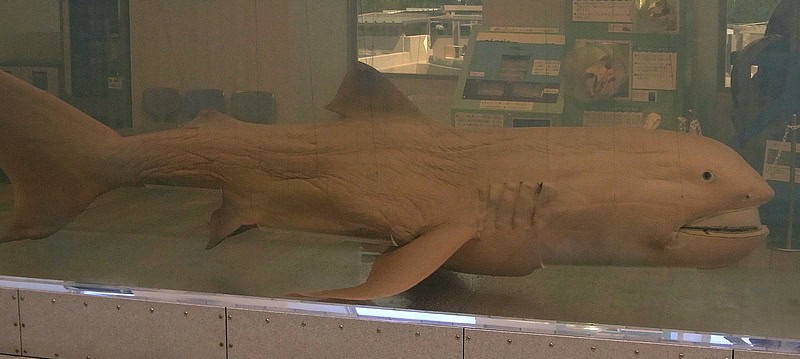
Discovered relatively recently in 1976, the megamouth shark is a testament to the ocean’s mysteries. Sporting a distinctive, oversized mouth, this species feeds primarily on plankton and small fish. Despite its formidable appearance, the megamouth is a slow-moving filter feeder, cruising at depths of around 200 meters. Encounters with this elusive shark are rare, making each sighting a valuable opportunity for research and understanding.
Cookiecutter Shark: The Circular Carnivore

Named for its method of hunting, the cookiecutter shark takes circular bites out of its prey with precision. This small shark, often no larger than 20 inches, is found in deep waters around 1,000 meters. Its bioluminescent underside serves as an effective camouflage, attracting bigger fish and marine mammals. Once close, the cookiecutter shark uses its sharp teeth to latch on and carve out a chunk of flesh.
Greenland Shark: The Ancient Wanderer

The Greenland shark is famous for its exceptional longevity, with some individuals believed to live over 400 years, making it the oldest known vertebrate. This immense shark resides in the icy waters of the North Atlantic and Arctic Oceans. Known for its slow swimming speed, the Greenland shark preys on fish and occasionally scavenges carrion. Its sluggish lifestyle is complemented by slow metabolism, an adaptation to its frigid environment.
Ninja Lanternshark: The Stealthy Spectre

Named by children for its dark appearance, the ninja lanternshark is a small species discovered in the deep waters off Central America. The shark’s strikingly dark skin helps it blend into its surroundings, while light-emitting photophores provide a mesmerizing, bioluminescent display. These adaptations likely aid in communication and camouflage, making the ninja lanternshark difficult to detect in the depths.
Viper Dogfish: The Ferocious Lurker
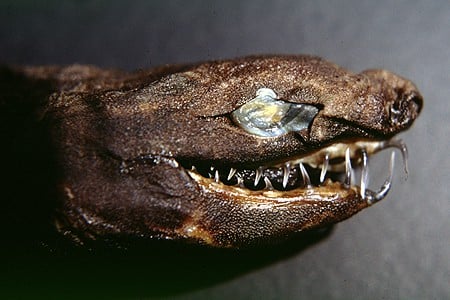
The viper dogfish boasts fearsome, fang-like teeth, designed to snag prey in the inky darkness of the deep sea. This little-known shark resides at depths of up to 1,800 meters. Its expandable stomach allows it to consume large meals when food is available, an adaptation vital for surviving in its sparse environment. The viper dogfish’s intimidating appearance and elusive nature contribute to its mystique among marine biologists.
Bluntnose Sixgill Shark: The Depth Dweller
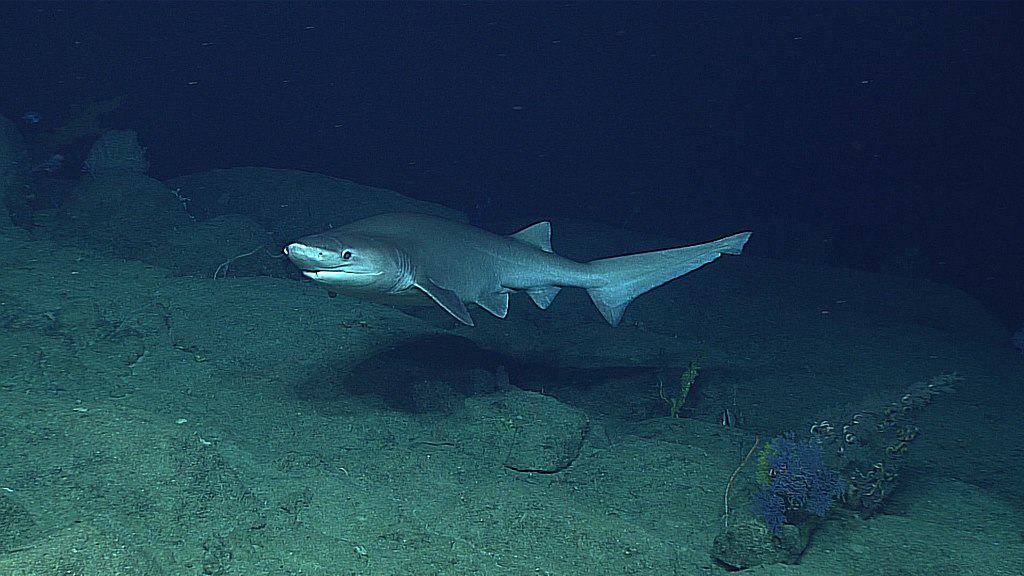
The bluntnose sixgill shark is a robust species with lineage dating back over 200 million years. Its six gill slits distinguish it from most sharks, which typically have five. Found in both tropical and temperate deep waters, this shark is a skilled predator and scavenger, feeding on a wide array of sea creatures. Despite its size, some reaching up to 5 meters, the bluntnose sixgill shark is elusive, seldom seen by humans.
Thresher Shark: The Whip-Tailed Wonder
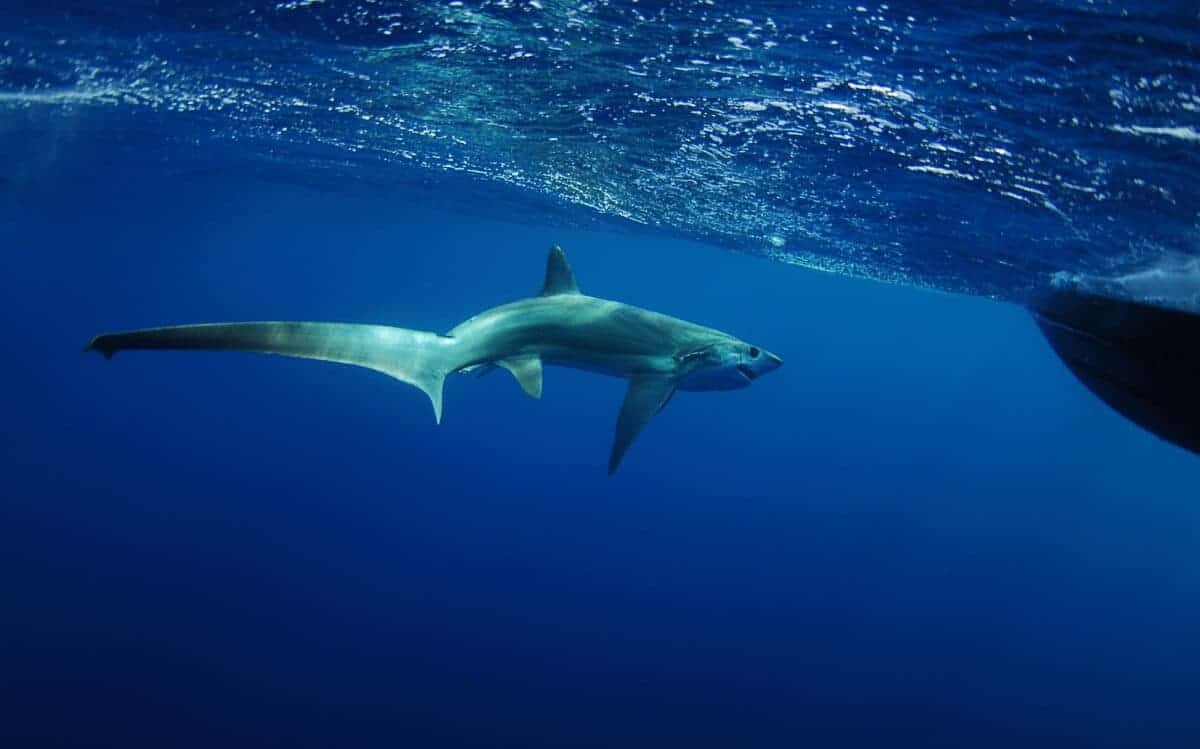
Known for their extraordinarily long, whip-like tails, thresher sharks use these appendages to stun prey. Capable of growing over 5 meters, thresher sharks are known to inhabit both the open ocean and deep waters. Their thrashing tails, which can be as long as their bodies, are an efficient hunting tool, allowing these sharks to knock schools of fish unconscious before consuming them.
Velvet Belly Lanternshark: The Tiny Luminary
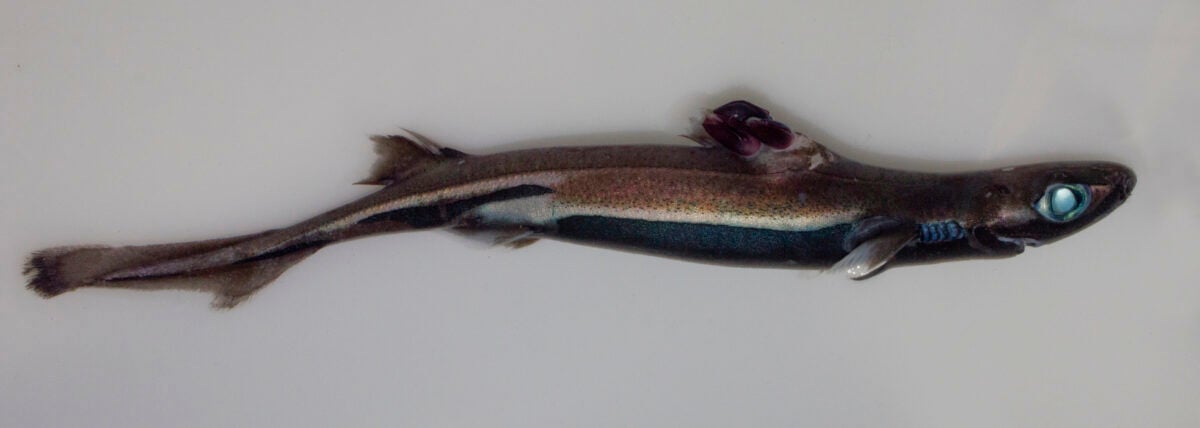
The velvet belly lanternshark, one of the smallest sharks, inhabits deep waters around 200 to 500 meters below the surface. It derives its name from its dark, velvety skin and luminescent belly. This bioluminescence is thought to help the shark avoid predators by matching the light from above, a strategy known as counter-illumination.
Taillight Shark: A Luminescent Mystery

Discovered in 2013, the taillight shark is a captivating species that remains largely mysterious. Notable for the bioluminescent organ near its tail, it creates an intense glowing spot. This adaptation is presumed to function in various ecological roles, such as attracting prey or confusing predators. The taillight shark symbolizes how much we have yet to discover about deep-sea life.
Pyjama Shark: The Striped Sleeper
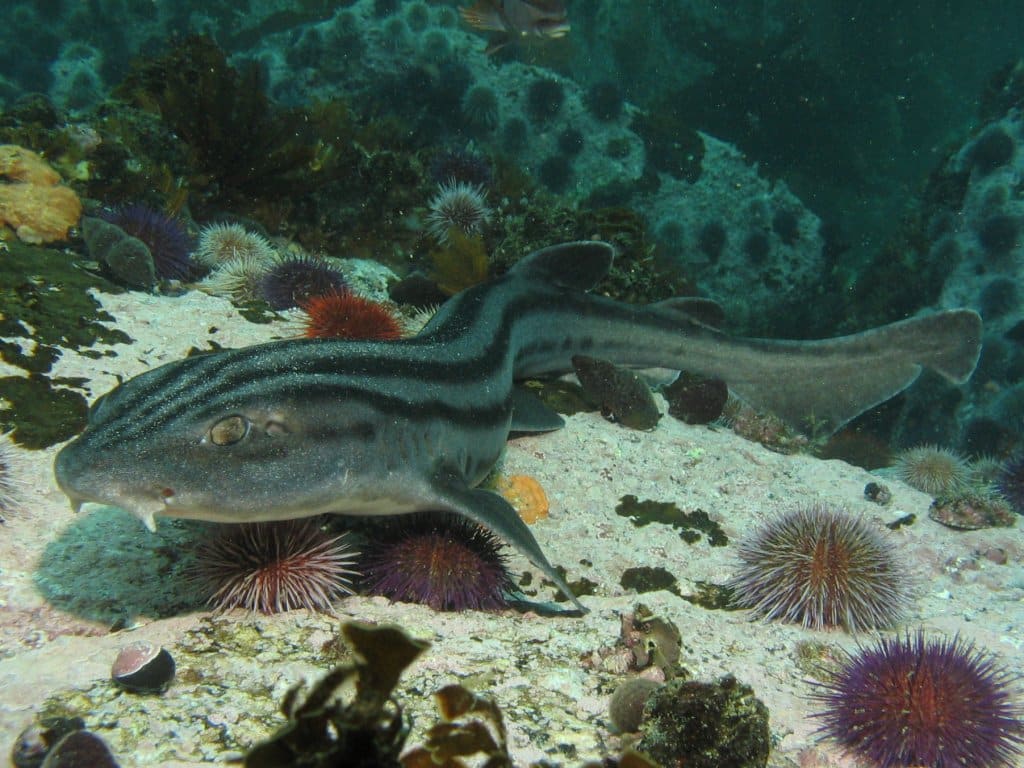
The pyjama shark, easily identifiable by its distinct striped pattern, frequents the coastal waters of South Africa. While it occasionally ventures into deeper waters, its penchant for resting in rocky crevices during the day has earned it the nickname of the “striped sleeper.” Despite its small size, this shark is an opportunistic feeder, preying on fish, mollusks, and crustaceans.
The deep ocean is a world of uncertainty and wonder, with each unusual shark shedding light on the complexity and adaptability of life in these extreme environments. From the ancient Greenland shark to the rare megamouth, these species highlight the resilience and ingenuity that define deep-sea survival. As science continues to explore these hidden depths, the secrets which are yet to be uncovered promise to deepen our understanding and appreciation for the intricate web of oceanic life.
By exploring these unique and bizarre sharks, we gain insight not just into their biology and behavior, but also into the vast and largely untouched marine landscapes they inhabit. The wonders of the ocean depths await, with each turn of discovery sparking further intrigue and inspiring ongoing exploration.
- Starfish Can Regrow Their Arms, But One Species Takes It a Step Further - August 15, 2025
- The Most Unusual Sharks Ever Found in Deep Waters - August 15, 2025
- How to Gently Introduce New Chickens to an Existing Flock - August 15, 2025

